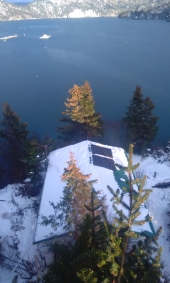








Erica Wisner wrote:Include the surface area of the bell or barrel directly over the heat riser, as well as the other bell(s) on the side.
Satamax Antone wrote:Matthew, to me there's plenty of details i'm not too keen on.
allen lumley wrote:..for the Craft ! Big AL
Peter van den Berg wrote:
Yes, my full name is Peter van den Berg or PvdB for short.






God of procrastination https://www.youtube.com/watch?v=q1EoT9sedqY




regards, Peter




Peter van den Berg wrote:What is the size of your system?





God of procrastination https://www.youtube.com/watch?v=q1EoT9sedqY




regards, Peter




Peter van den Berg wrote: The second bell won't be as hot so this is not as good efficiency wise.

|
Why fit in when you were born to stand out? - Seuss. Tiny ad:
The new gardening playing cards kickstarter is now live!
https://www.kickstarter.com/projects/paulwheaton/garden-cards
|




